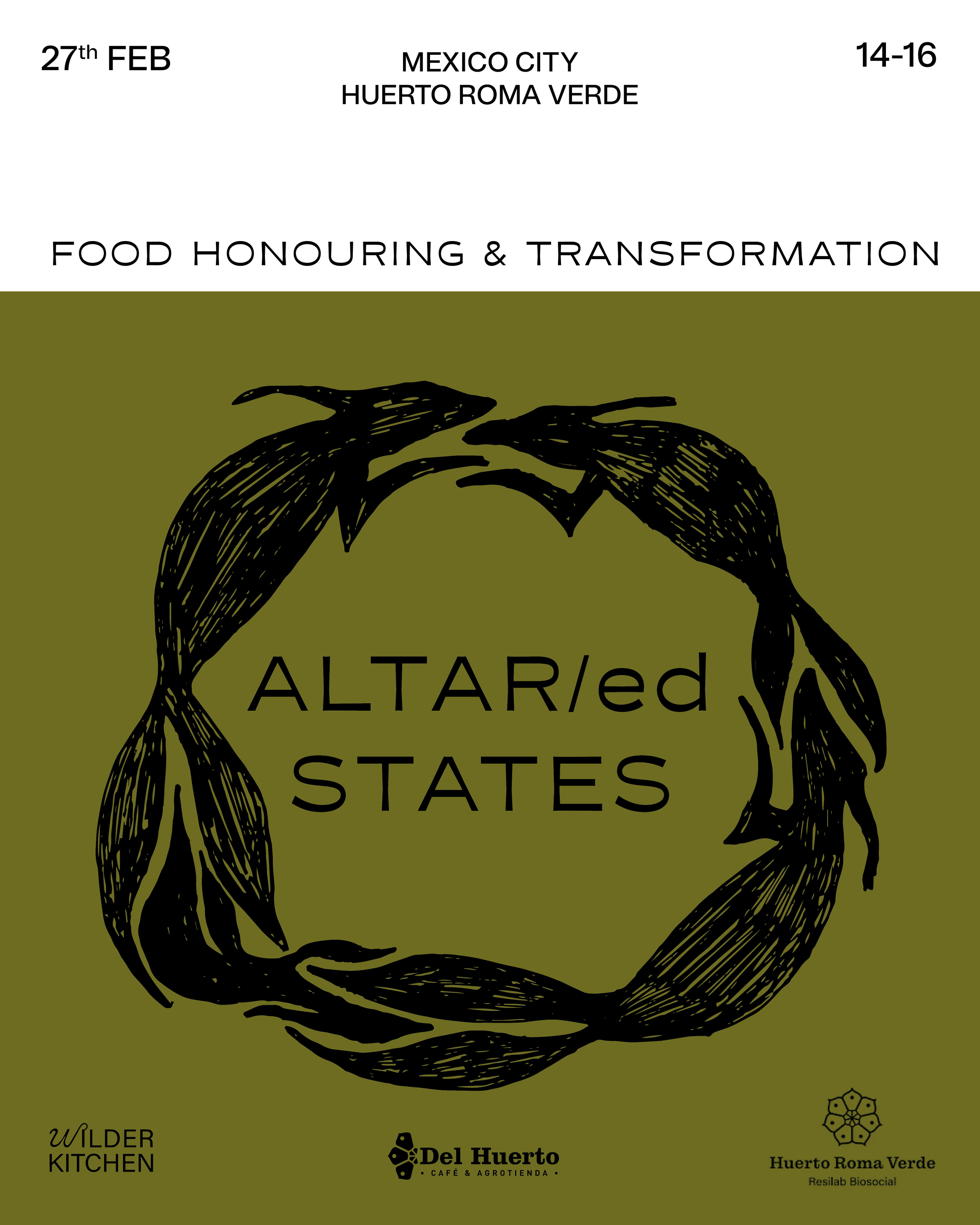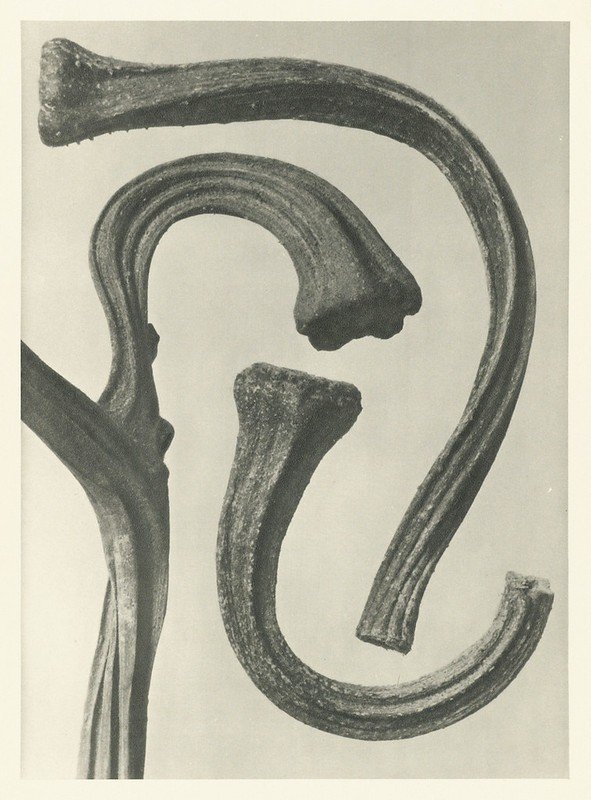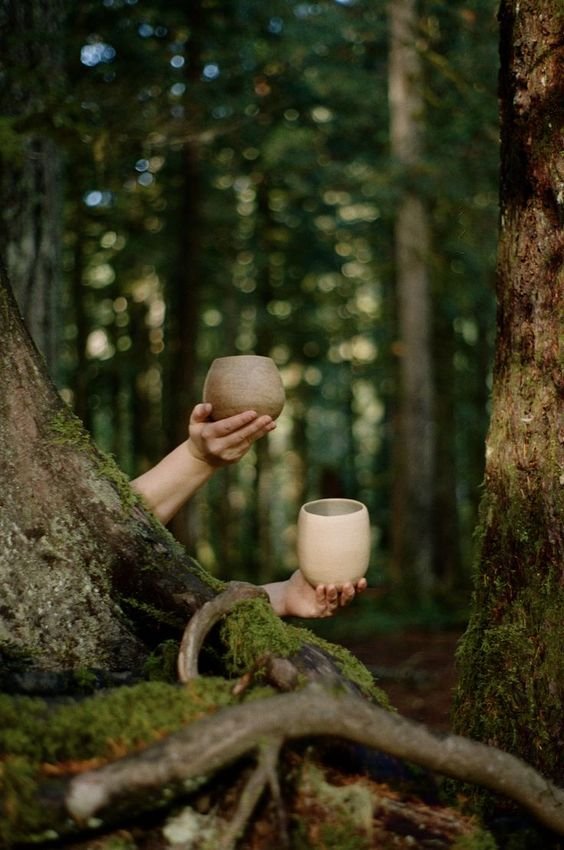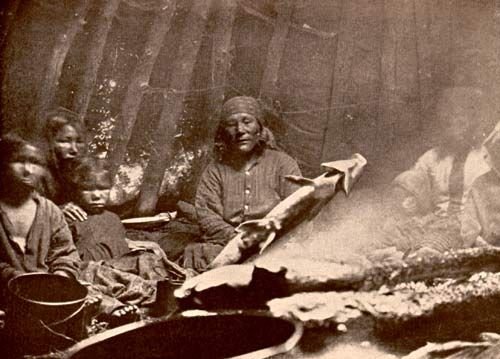ALTAR/ed STATES .
ALTAR/ed STATES .
FOOD ART INSTALLATION - 27th FEBRUARY - HUERTO ROMA VERDE - MEXICO CITY
A visual exploration of food and how we celebrate and connect throughout time to nature through ‘living altars’. The event explores the altered states of food production, and how we transform in the process of consuming them. It also looks to honour the ancestral knowledge of Mexican elders while also welcoming guests to interact and change the rituals in meaningful ways to them.
The practice of creating altars as a space for ceremony, devotion, and connection to the divine is ancient and cross-cultural, particularly when it comes to the intersection of religion, spirituality, and nature worship.
INDIGENOUS PRACTICE
For the Indigenous peoples of Mexico, the natural world was not separate from the divine; it was the divine. The Maya, Aztec, Zapotec, and other Mesoamerican cultures saw mountains, rivers, caves, and fields as living beings—manifestations of gods, spirits, and ancestors. Their relationship with plants was one of deep reverence, viewing them as gifts from the gods rather than mere resources. This belief materialized in altars, sacred spaces where elements of nature were arranged to maintain cosmic balance, honor deities, and communicate with the unseen forces of the universe.
Mesoamerican altars were often constructed in temples, caves, homes, and even directly in fields, where offerings were left to ensure a bountiful harvest. Corn (maize) was the most sacred plant, considered the very substance of humanity according to the Maya creation myth in the Popol Vuh. Alongside maize, cacao, amaranth, agave, and copal resin were offered to gods like Chicomecóatl (corn goddess), Tlaloc (rain god), and Quetzalcoatl (the feathered serpent, giver of maize). These altars embodied reciprocity—humans gave food and prayers, and in return, the Earth and gods sustained them.




ALTARS post colonialism
. GUADALUPE
Even within Catholic churches, Indigenous communities continued to honor their gods discreetly. They incorporated copal incense, flowers, corn, and cacao into Christian rituals, mirroring pre-Hispanic traditions.
When Catholicism was imposed, Indigenous altar-making didn’t disappear; instead, it merged with Christian traditions. Native people continued honouring their gods but under the guise of Catholic saints and the Virgin Mary, leading to folk religious altars in homes and public spaces.
Tonantzin, the Earth Mother, became syncretized with the Virgin of Guadalupe. The symbolism of this figure reflects the form of the vulva, offering up the connotations of abundance, fertility as it pertains to humans but also the land and the connection to the divine feminine. She is seens as the ‘divine mother’ or ‘grandmother’ of the land in a similar way to the viewpoint of ‘mother earth’.
Sacred mountains and caves, once sites of rituals for rain and fertility, were rebranded as Christian pilgrimage sites. Instead of altars to rain gods, offerings were now made at church altars adorned with saints—yet the practice of leaving food, candles, and flowers remained deeply Indigenous in essence.
FOOD AS A SACRED OFFERING .
FOOD AS A SACRED OFFERING .
MAIZE
The use of corn is a staple in Mexican food customs throughout time. Even to this day many Mexican dishes feature this ingredient as a main component. From the husks used to encase ‘masa’ (corn based dough) to make tamales, through to the ‘corn smut’ that creates a funghi on older cobs, the corn is seen as both a basis for meals but also a luxurious ingredient to respect.
Corn is sacred in Indigenous cosmology to the extent that the Popol Vuh (Maya creation myth) says humans were made from maize.
Blessing of the Corn (Ritual of Chicomecóatl) – Corn as the Sacred Mother
-
In rural Indigenous communities, ceremonies are held to bless the first maize harvest, honoring Chicomecóatl, the goddess of corn. Farmers create altars in fields or homes with. Atole (corn-based drink) & tamales → Given as offerings to the goddess before eating. Flowers & candles → Represent gratitude for the Earth’s bounty. The Ceremony: Elders or shamans perform prayers, burn copal, and ask the Earth for permission before harvesting.
CACOA
Cacao holds profound spiritual and cultural significance in Indigenous Mexican traditions, revered as a divine gift from the gods and a bridge between the physical and spiritual realms. Among the Maya and Mexica (Aztecs), cacao was more than sustenance; it was a sacred substance used in rituals, offerings, and rites of passage. Often associated with Quetzalcoatl, the god of wisdom, and Ek Chuah, the patron of cacao and merchants, it symbolized abundance, fertility, and transformation.
-
Sacred Drink (Xocoatl) – Cacao was often prepared as a thick, bitter drink, mixed with spices like chili, vanilla, or achiote. The Maya and Mexica believed it had divine properties and often consumed it in ceremonies related to fertility, renewal, and the afterlife.
Offerings to the Gods – Cacao was offered to deities such as Quetzalcoatl (who, according to legend, gifted cacao to humans) and Ek Chuah, the Maya god of cacao and merchants.
Marriage and Birth Ceremonies – Cacao was used in weddings as a symbol of unity and love. It was also part of birth ceremonies, representing life and abundance.
Death and the Afterlife – Cacao was placed in tombs to accompany the dead, ensuring nourishment in the afterlife.
In Indigenous Mexico, food has always been more than sustenance; it is an offering, a prayer, and an act of spiritual exchange. To give food to the gods or ancestors is to ensure harmony with the forces that sustain life. This belief endures in the modern Día de los Muertos ofrendas, where the favorite foods of the departed—tamales, mole, chocolate, and pan de muerto—are placed on altars, symbolizing a reunion between worlds. The act of sharing these foods after the spirits "consume" their essence is a ritual of remembrance and gratitude.








LIVING ALTARS
TREES
Certain trees, mountains, and bodies of water are considered living altars, receiving offerings and prayers from devotees. In Maya and Nahua traditions, ceiba trees (Ya’axché in Maya) are sacred and seen as a bridge between the underworld, earth, and sky. People place candles, corn, and flowers at their base.
MILPAS
For many Indigenous groups in Mexico, milpas (traditional maize fields) are considered sacred spaces, akin to living altars. Corn, beans, squash (the Three Sisters) are not just crops but sacred beings that sustain life and require reverence. Farmers perform ritual offerings at planting and harvest, including placing flowers, food, and incense at the field’s edge, acknowledging the land as a living, divine entity.
HUMANS
Humans can be seen as living altars, carrying the sacred within themselves and embodying the connection between the earthly and the divine. Just as traditional altars hold offerings, symbols, and elements of devotion, our bodies and spirits hold emotions, experiences, and intentions that shape our existence. Through acts of love, gratitude, and mindfulness, we become vessels of sacred energy, honoring life with every breath, word, and action.
‘Living altars’ can be in the form of gardens, regenerative food forests, and earth altars. These involve: Planting medicinal herbs, sacred flowers, or trees as a form of offering rather than just placing objects. Creating "Earth altars" outdoors, where stones, water, and biodegradable offerings return to nature. Incorporating rituals that allow the altar to evolve, such as adding seasonal elements or tending to the space with love and care.
THE STORY OF (hass) AVOCADOS
Mexico is renowned for its rich genetic diversity when it comes to avocados. With over 100 recognised varieties, it is surprising that in Europe we have come to be acquainted with only the ‘Hass’. The Hass is the most widely known and commercially dominant variety globally, Mexico is home to a vast range of cultivars.
Diversity lends itself to different plants requiring different needs. There is anecdotal evidence and some preliminary research suggesting that certain traditional or native varieties (often part of the Mexican race, Persea americana var. drymifolia) may be better adapted to local, sometimes drier, conditions. These varieties can exhibit traits such as improved drought tolerance or more efficient water use compared to the Hass.
The high profitability of Hass avocados has unfortunately attracted criminal organizations. In regions like Michoacán, gangs have established what some call the “avocado mafia.” These groups exploit the lucrative market by extorting farmers, controlling orchards, and even engaging in violence to secure their profits. This criminal influence not only endangers local communities and disrupts farmers’ livelihoods but also creates uncertainty in the supply chain, potentially impacting the fruit’s availability and ethical sourcing for international markets.
Know your supplier. Eat what is growing in your region . Eat with the seasons . Food is a precious resource .
As part of the installation I exhibit the stones of the avocados I consumed on my trip. To show my appreciation to the fruit and the significance of this plant.






